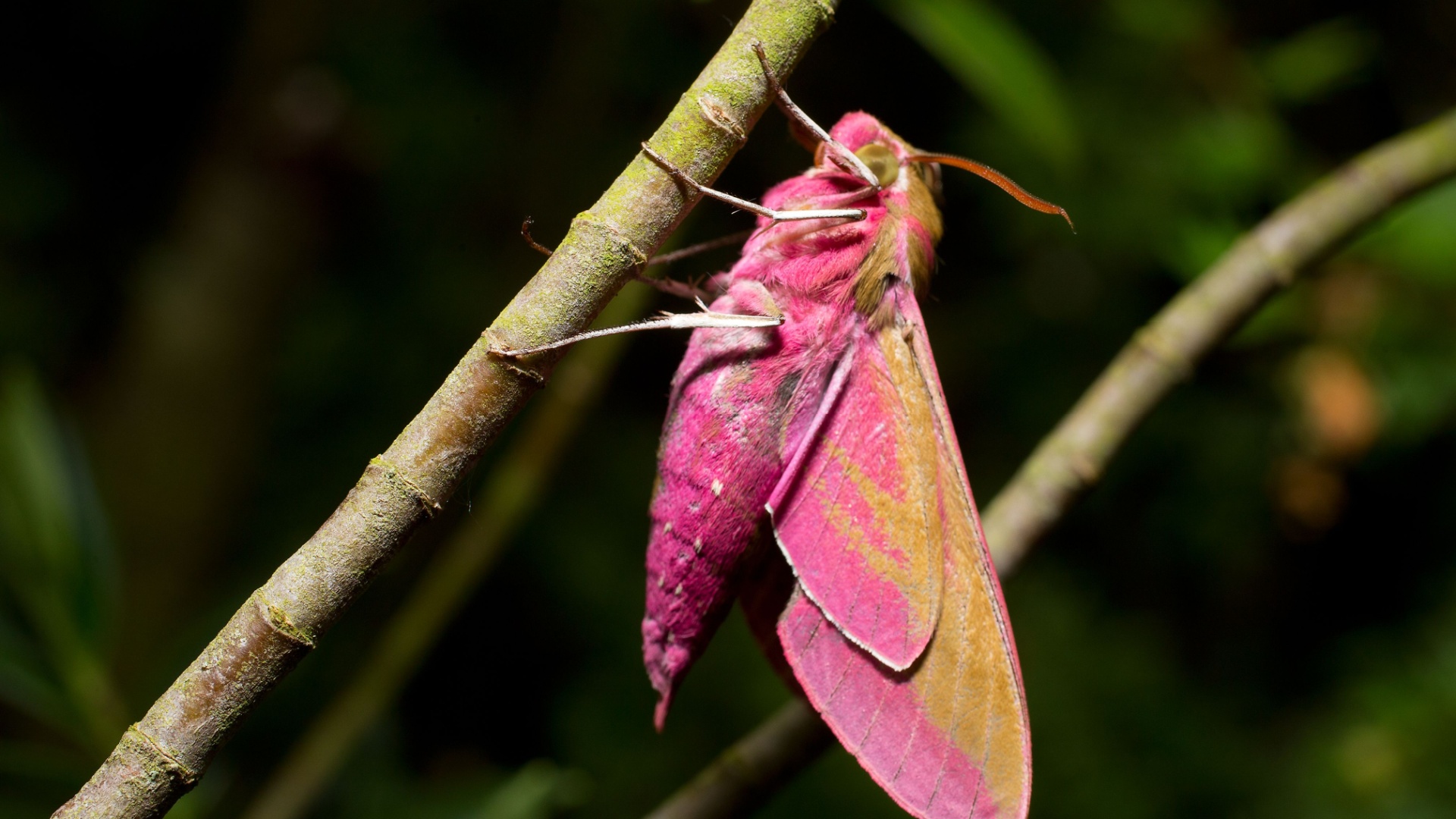The natural world is still full of surprises, with new and incredible species popping up all the time.
From frogs that look like they came out of a cartoon to fish thought to be extinct, these discoveries are proving that Earth still holds some wild mysteries.
Each of these new species plays a vital role in their environments, helping us better understand the balance of nature.
Want to discover the creatures that have been hiding in plain sight? These extraordinary finds are pushing the boundaries of what we thought was possible in the animal kingdom.
Get ready to meet the remarkable species that are shaking up our view of the world!
1. Pikachu Tree Frog
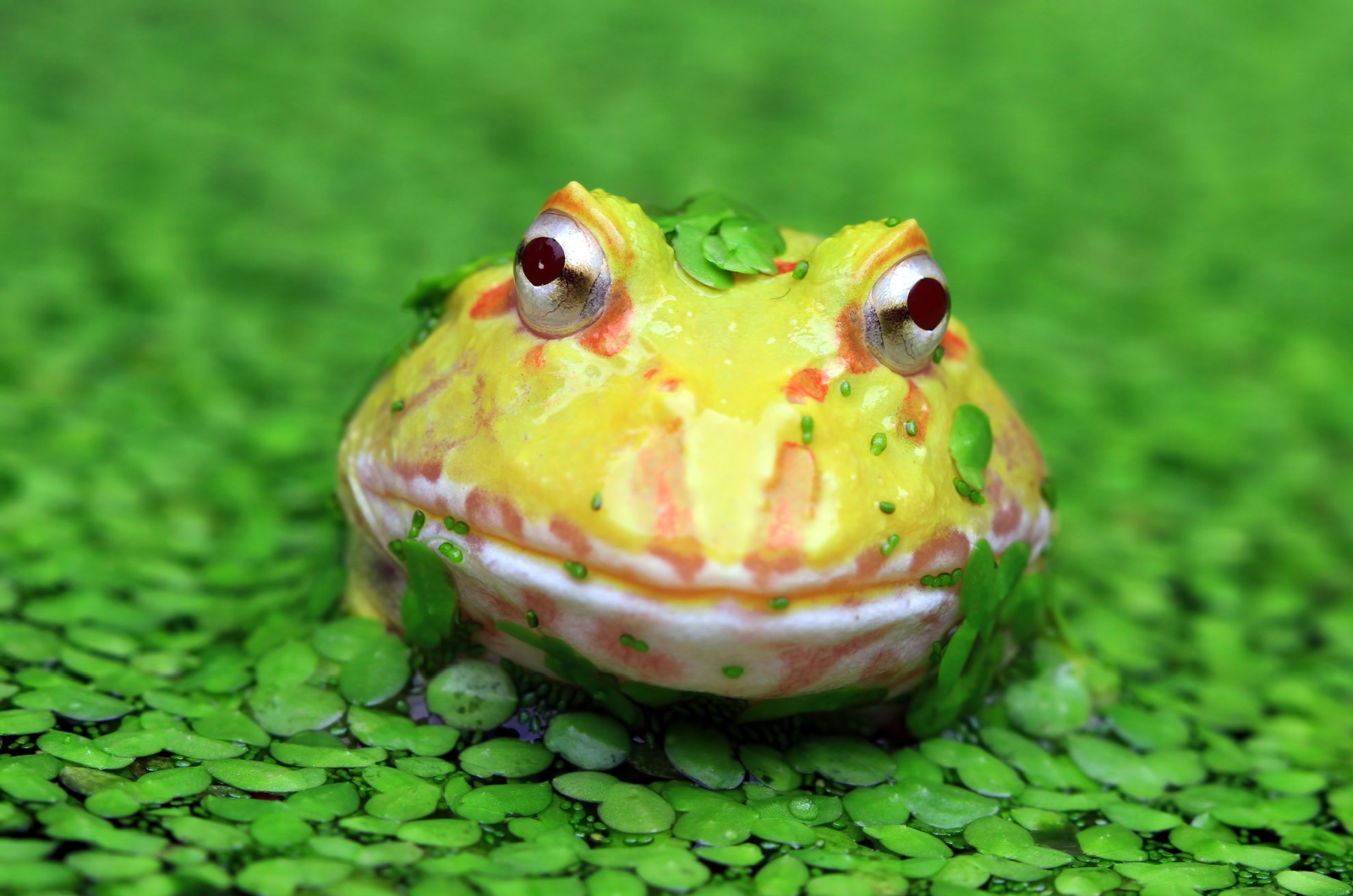
Imagine a frog so bright and quirky, it looks like it hopped right out of a Pokémon game. That’s the Pikachu Tree Frog!
Discovered in Madagascar in 2009, this little superstar stands out with vibrant yellow skin and bold black markings that make it impossible to miss.
Those flashy colors warn predators to stay away because, yep, it’s toxic. Plus, these tiny frogs are like the rainforest’s pest control, munching on insects and keeping things in check.
The bad news? Their jungle home is disappearing fast because of deforestation. No jungle means no Pikachu Tree Frog. And honestly, who wants a world without a real-life Pikachu?
These little frogs are like nature’s ultimate collector’s item. You can’t catch them, but saving them is the coolest way to level up your Pokémon game in real life!
2. Tapanuli Orangutan
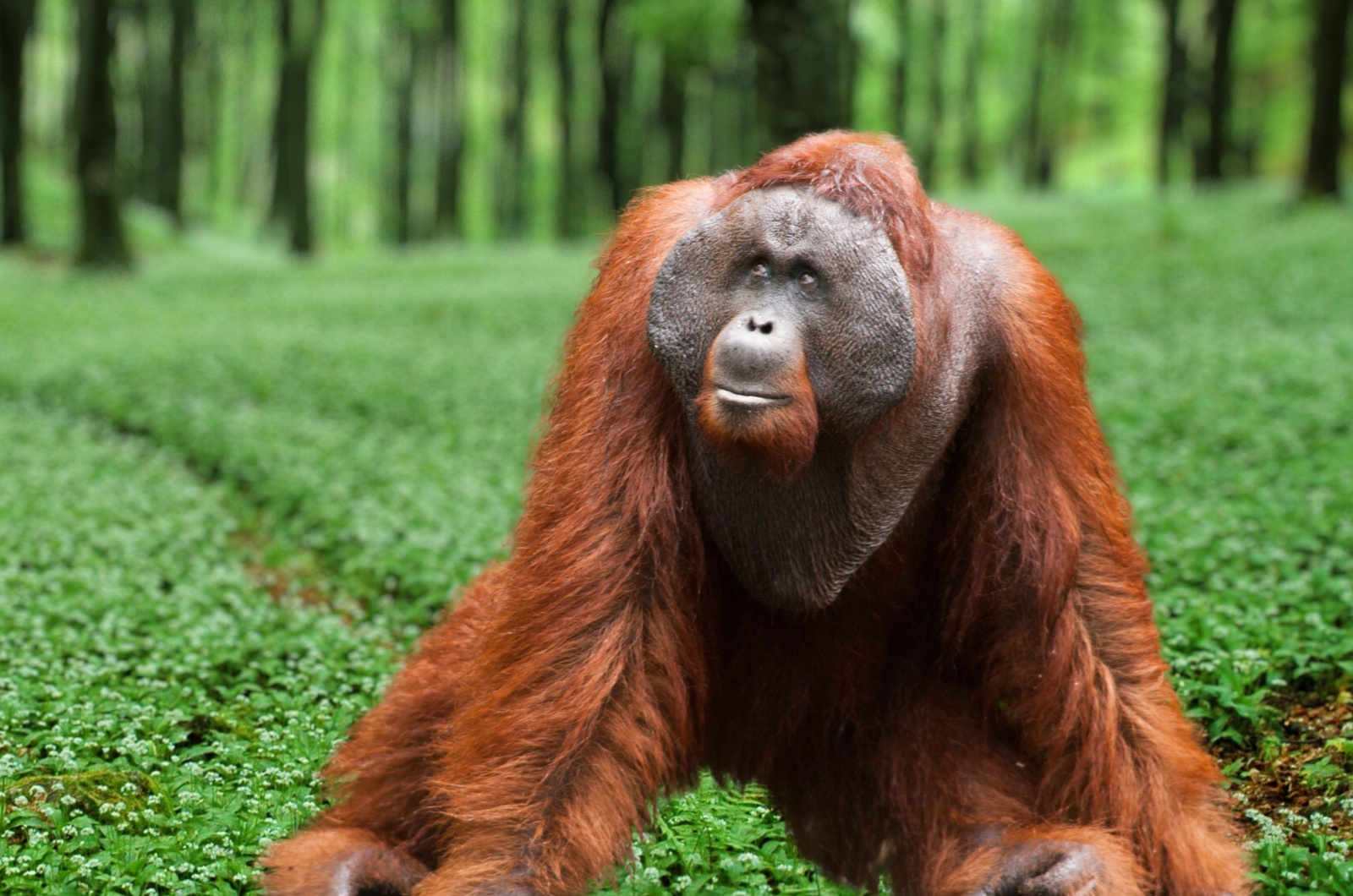
In 2017, the forests of Sumatra gave us a surprise straight out of a nature documentary: the Tapanuli orangutan, a brand-new species of orangutan!
How cool is that? It’s like scientists unlocked a hidden level in the game of wildlife discoveries.
But here’s the catch: there are fewer than 800 of these red-haired tree-dwellers left, making them one of the rarest primates on the planet. Talk about exclusive!
These orangutans are super shy and prefer to stay high up in the trees, living their best lives in the lush forest canopy.
Unfortunately, their treetop paradise is under threat from illegal logging and palm oil plantations. These rare cuties have enough on their plate without dealing with human drama!
The Tapanuli orangutan is the ultimate reminder that the world still has some pretty amazing secrets up its sleeve. And now that we know about them, it’s up to us to make sure they stick around.
Because come on, how often do you get to say you’re helping save a brand-new species?
3. Golden Poison Dart Frog
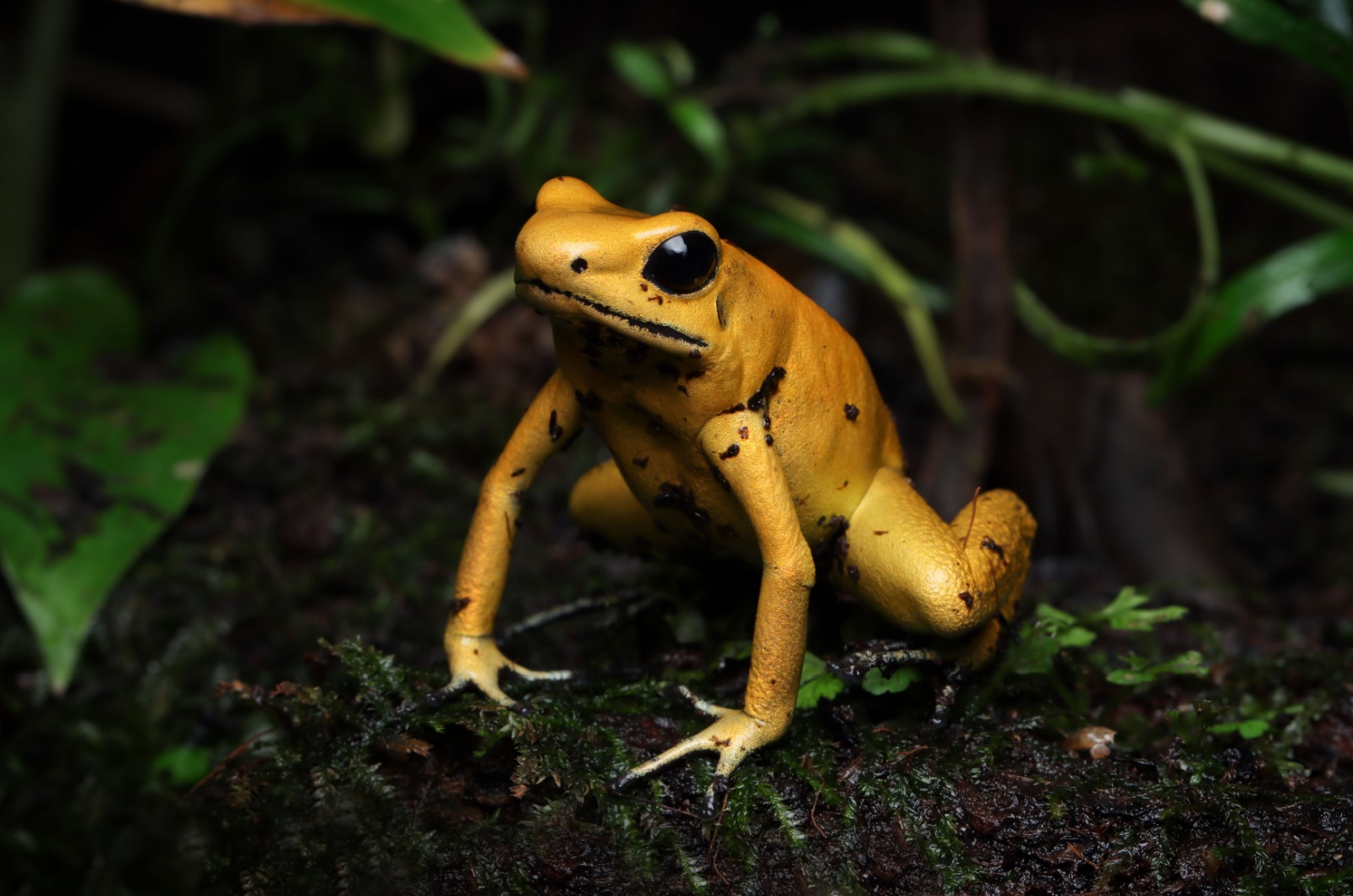
The Golden Poison Dart Frog from Colombia looks almost too pretty to be true, with its bright yellow skin and distinct markings. But don’t let its looks fool you, this frog is one of the most poisonous creatures on Earth.
Its skin secretes toxins that can be fatal to predators, a defense mechanism that has kept it safe in the wild for centuries.
Sadly, habitat loss due to deforestation and the effects of climate change are putting the Golden Poison Dart Frog at risk.
Protecting this beautiful yet dangerous creature means not only saving it, but also ensuring the continued health of the ecosystem it helps sustain.
Nature’s beauty is fragile, let’s not let it slip away.
4. Yeti Crab
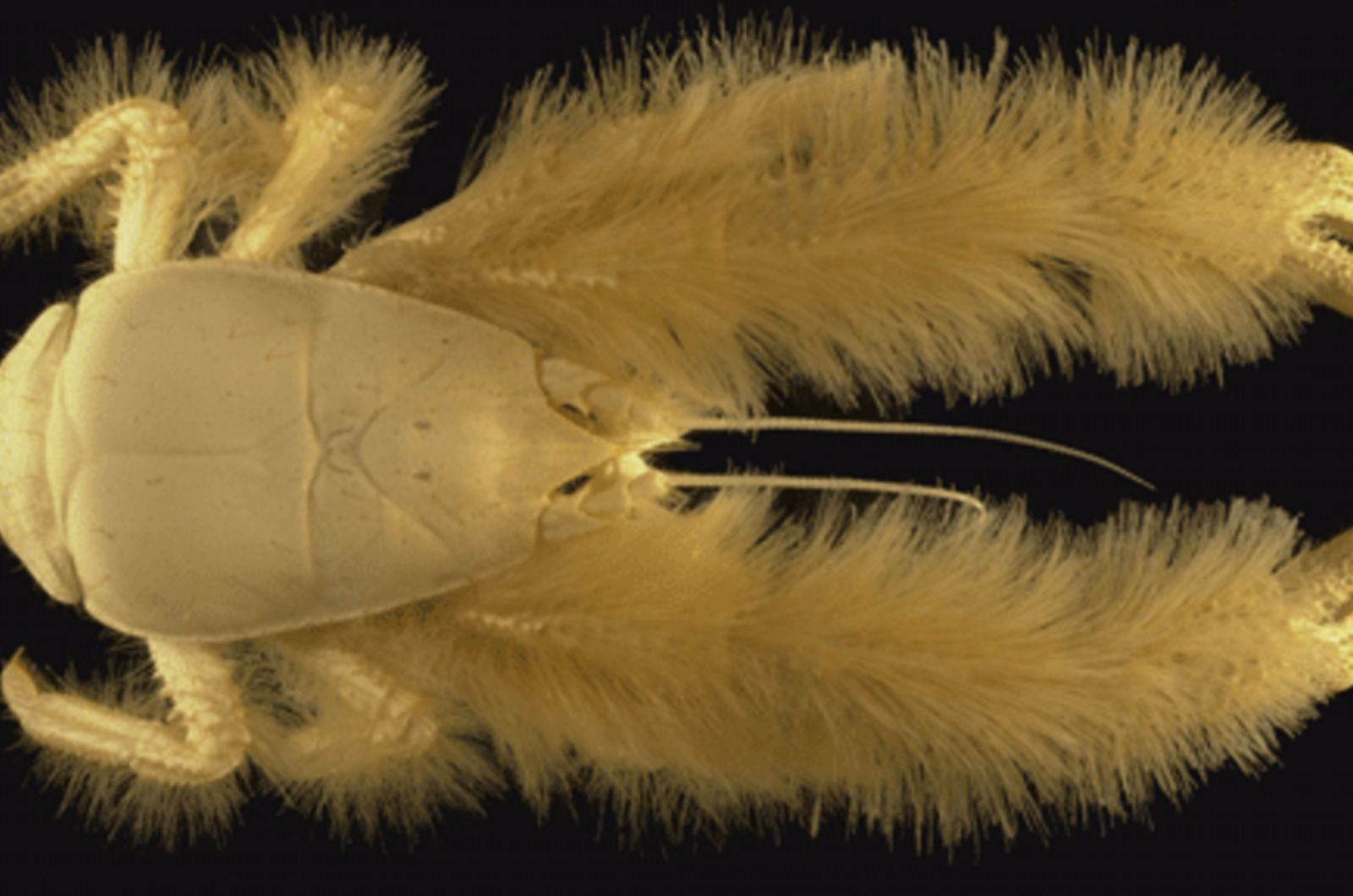
If you’ve ever wanted to meet a creature straight out of a fantasy novel, the Yeti Crab is your ticket. Discovered in 2005 in the South Pacific, this crab is named after the mythical Yeti thanks to its “hairy” pincers.
But those pincers aren’t just for show, they’re covered in bacteria that help detoxify the toxic minerals around the hydrothermal vents where the Yeti Crab lives.
This unique adaptation is key to their survival, as it allows them to thrive in the extreme conditions of the deep sea, where few creatures can survive.
The more we learn about these funky, deep-sea oddballs, the more they teach us about just how wild and adaptable life can be.
Who knew crabs could be this cool?
5. Coelacanth
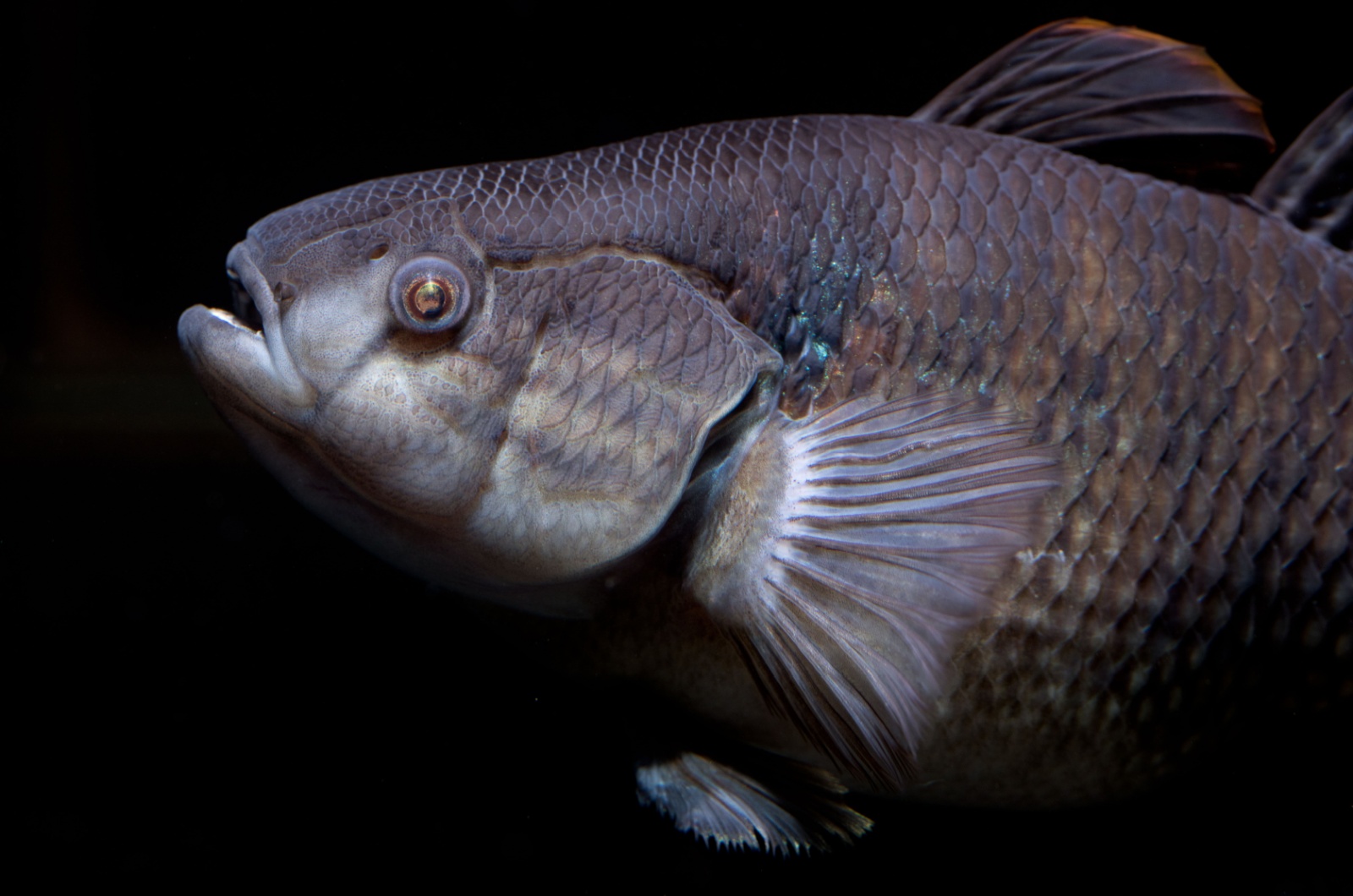
Imagine a fish so old-school it makes dinosaurs look like newcomers. Meet the coelacanth, the ultimate blast from the past!
Thought to have kicked the bucket 66 million years ago, this prehistoric rockstar shocked the world in 1938 when it popped up off the coast of South Africa.
This fish isn’t just rocking some basic fins – it has lobed fins that are like the OG blueprint for arms and legs. Basically, it’s the great-great-great-grandparent of all your yoga poses.
But here’s the deal: these underwater relics are super rare, and their deep-sea hangouts are under threat from overfishing and habitat loss.
Let’s keep the coelacanth swimming strong, it’s basically the coolest grandpa the ocean’s ever had!
6. Leaf-Tailed Gecko
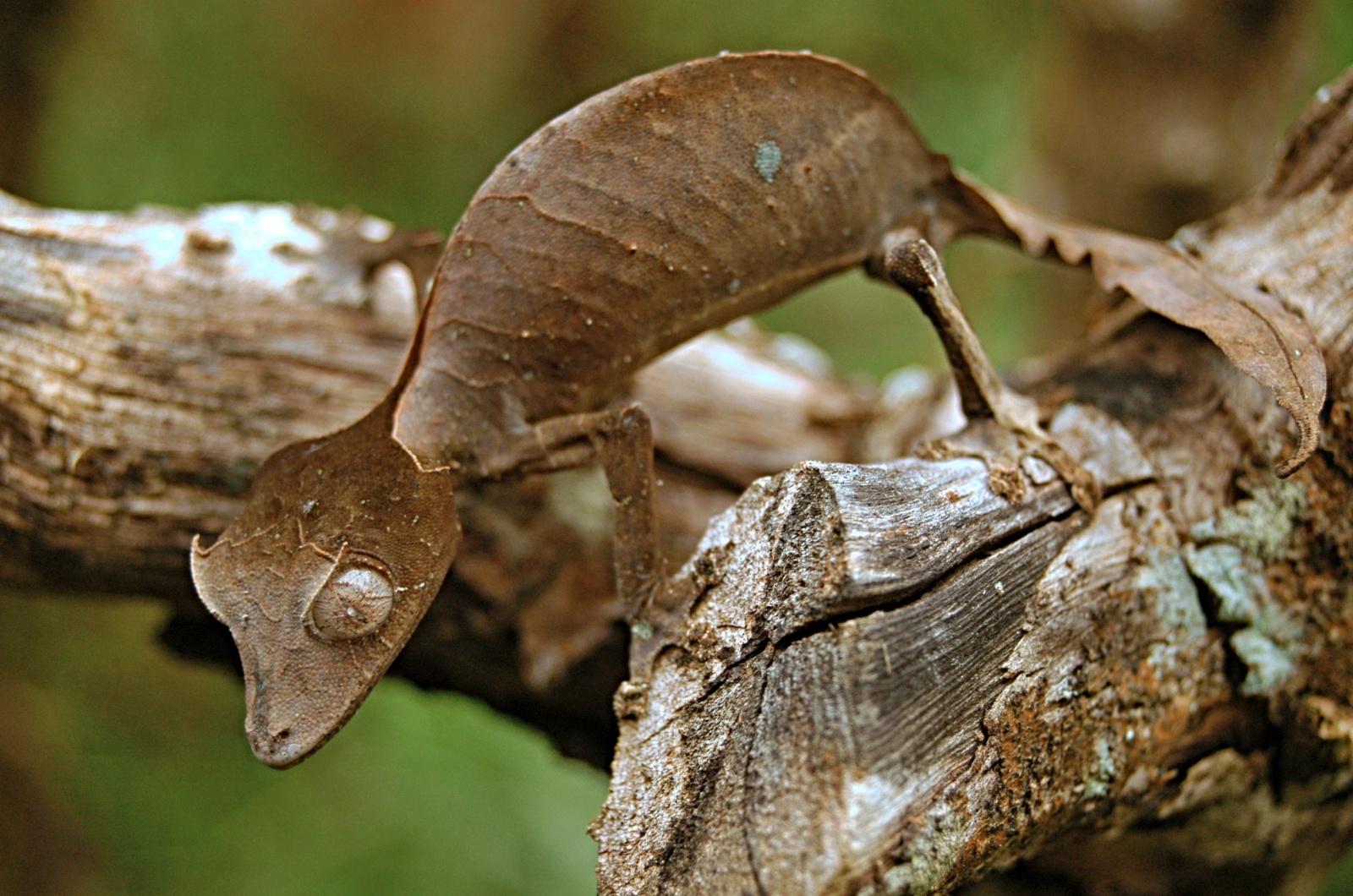
The Leaf-Tailed Gecko is basically the ninja of the animal world.
This little guy takes camouflage to a whole new level with a tail that looks exactly like a leaf. It’s like the gecko decided to mimic foliage and completely nailed it.
When it’s not busy pulling off its disappearing act, the Leaf-Tailed Gecko spends its time munching on insects. It’s a sneaky little bug bouncer that’s always working behind the scenes.
But here’s the drama: deforestation is shrinking its hide-and-seek playground. Without the forests of Madagascar, this master of disguise might not have anywhere left to show off its incredible skills.
Now that would really be a disappearing act!
7. Skywalker Hoolock Gibbon
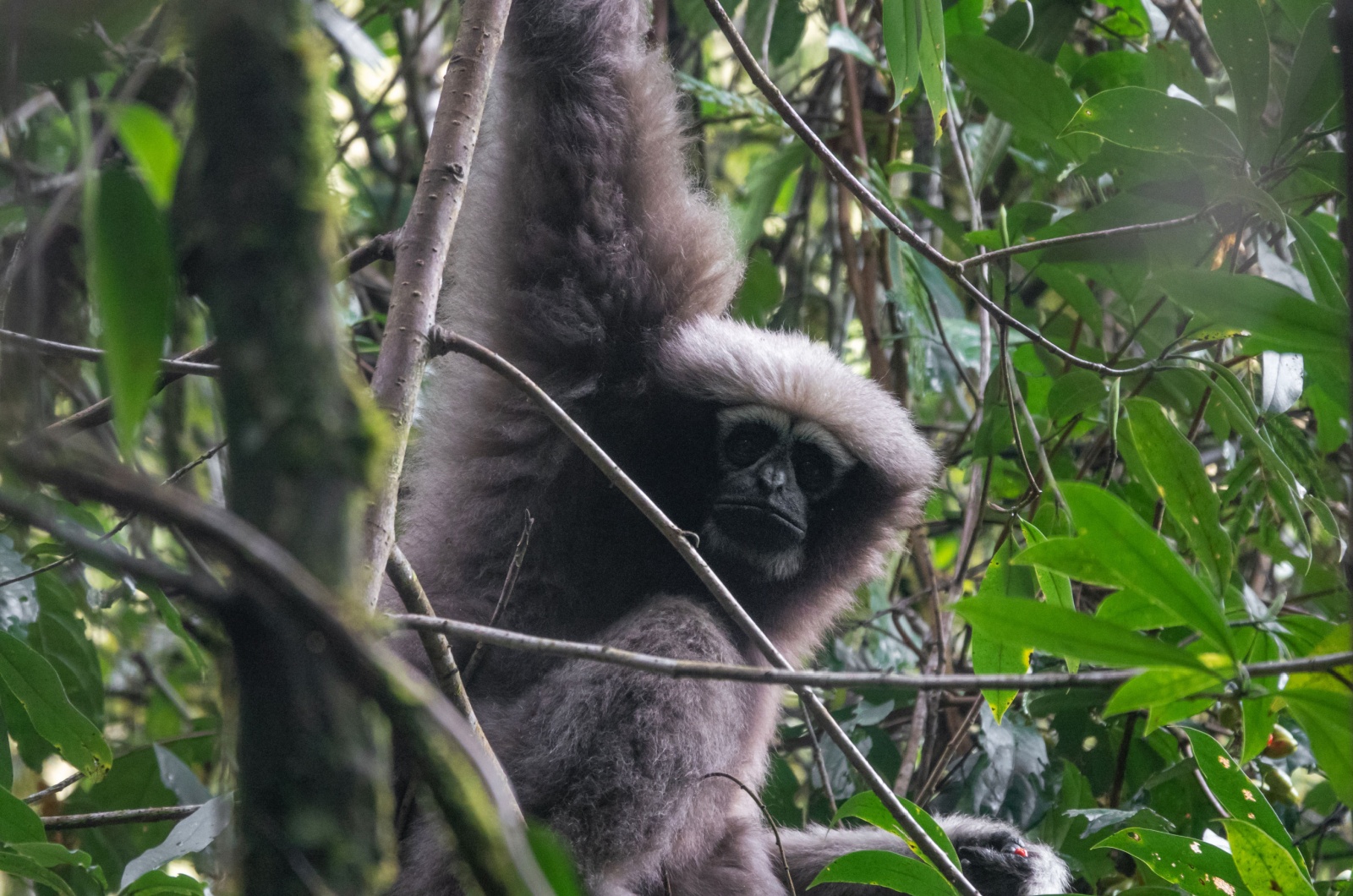
With arms that seem to stretch to infinity, the Skywalker Hoolock Gibbon isn’t just another monkey swinging through the trees.
Discovered in 2017 in China and Myanmar, this gibbon has the ultimate tree-top acrobatics, making Tarzan look like an amateur. These gibbons are key players in maintaining ecosystem health by spreading seeds and helping plants grow.
Watching them swing through the trees is like witnessing nature’s most graceful gymnasts at work!
While we might not be able to swing from the branches as effortlessly (unless you’re secretly training for the next circus), we can do our part to protect the places these agile creatures call home.
8. Pink Underwing Moth
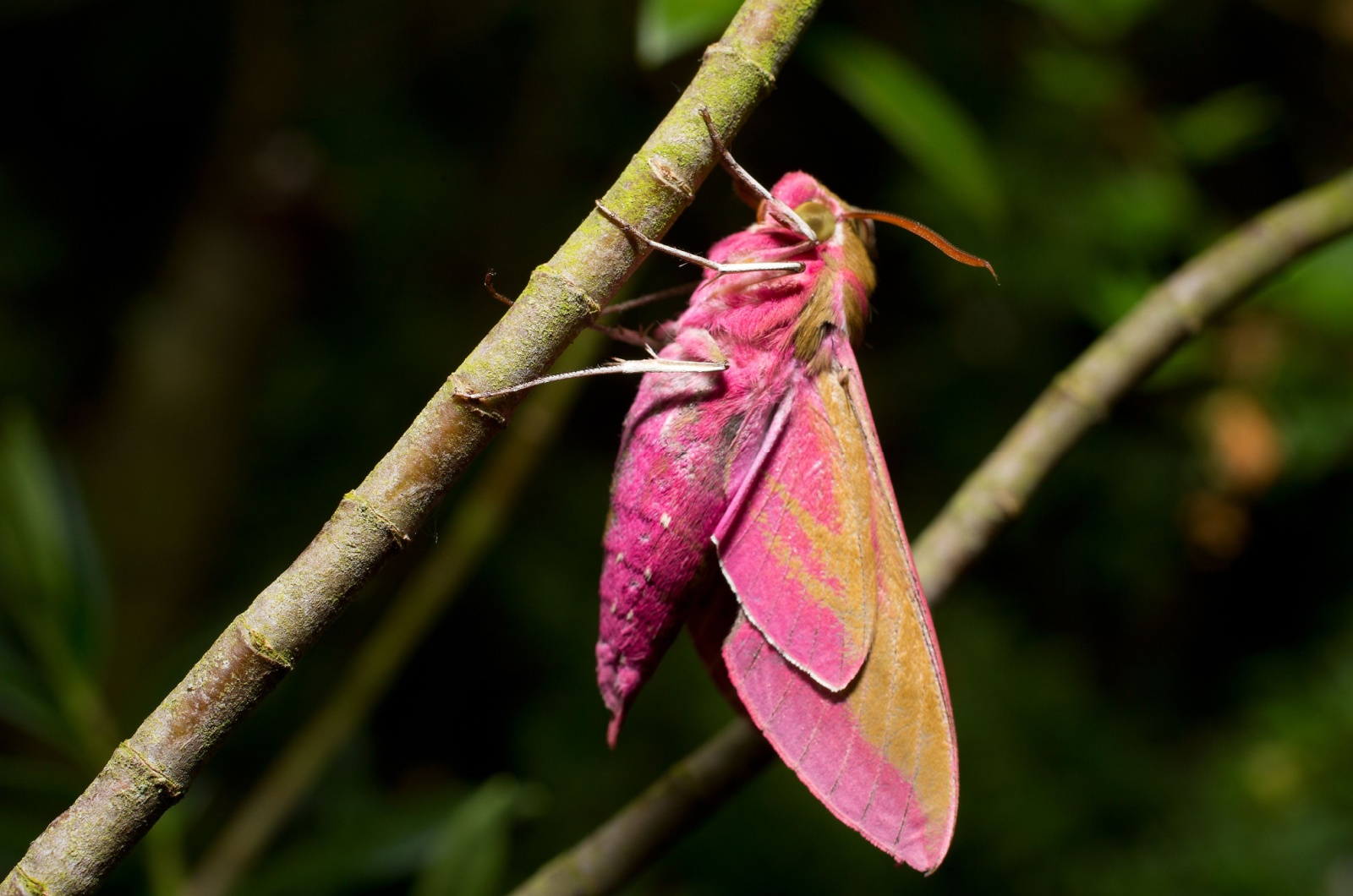
Don’t let the name fool you, this moth is no wallflower!
The Pink Underwing Moth is the diva of the moth world, with bright pink underwings that are ready to steal the show when it takes flight.
During the day, it’s the ultimate master of disguise, blending in so well with its surroundings that you might walk right past it without a second thought. But once the sun sets, bam – prepare to be dazzled!
These moths might not be the first creatures you think of when it comes to “wow factor,” but their vibrant pink wings are definitely worth a double-take.
While you may not spot one every day, when you do, it’s sure to be a highlight.
Imagine the scientist who discovered this in 2013 in the UK, probably doing a double-take and wondering if they had just seen a moth with bright pink wings.
9. Deep Sea Dragonfish
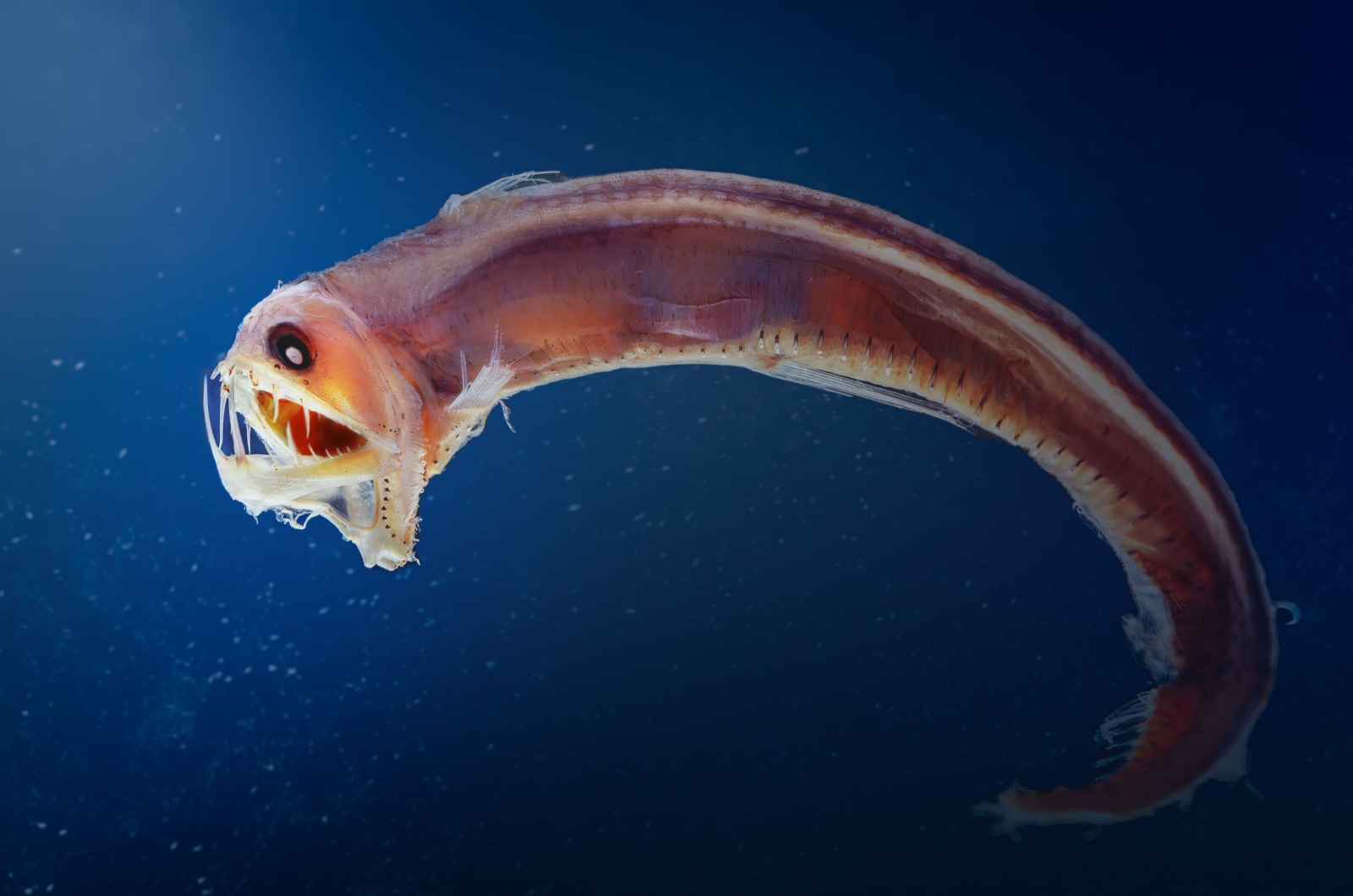
Ever wonder what lives at the very bottom of the ocean? That’s what scientists wondered too – and then stumbled upon the Deep Sea Dragonfish in 2007.
This glowing, dragon-like creature looks like it swam straight out of a sci-fi movie and into the pitch-black ocean depths.
How does it survive? Its bioluminescent abilities let it light up the darkness, attract prey, and send signals to its deep-sea neighbors.
While its spooky glow might seem like something from a horror film, it’s just part of what makes this fish so fascinating.
Even in the darkest corners of the ocean, life manages to shine – literally.
10. Zombie Worm
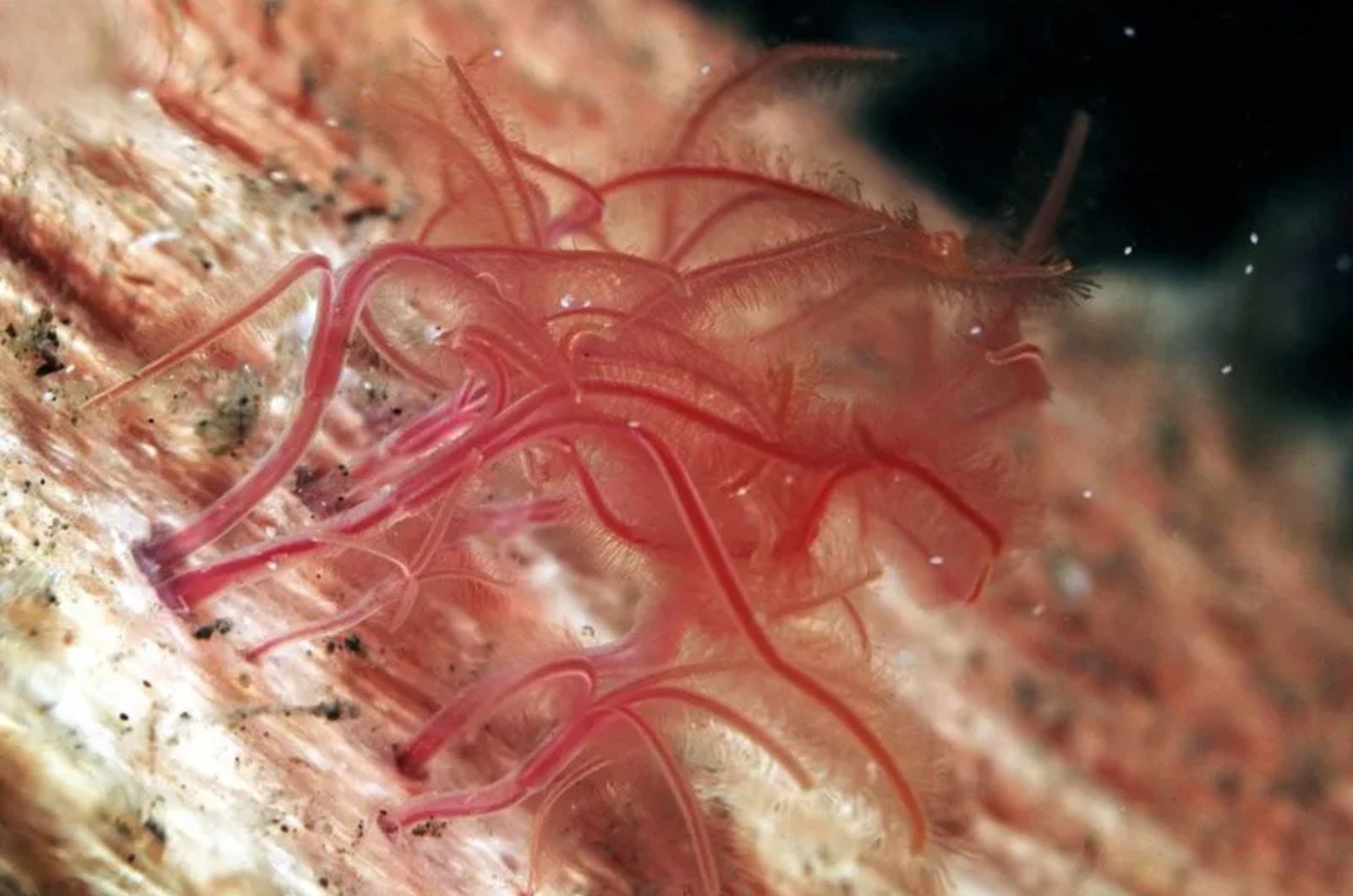
Okay, we’re not talking about brain-eating creatures here, relax!
The Zombie Worm is basically the ocean’s sanitation squad. Found near deep-sea hydrothermal vents, these quirky critters feast on the bones of marine animals that have fallen to the ocean floor, like whales.
Gross? Maybe. But vital? Absolutely! By breaking down organic matter, they recycle nutrients that keep the ocean floor thriving.
Zombie Worms might sound scary, but they’re quietly saving the day in their own creepy-cool way. Discovered in 2005, they’re proof that even the weirdest creatures have a crucial role to play!
11. Vampire Squid
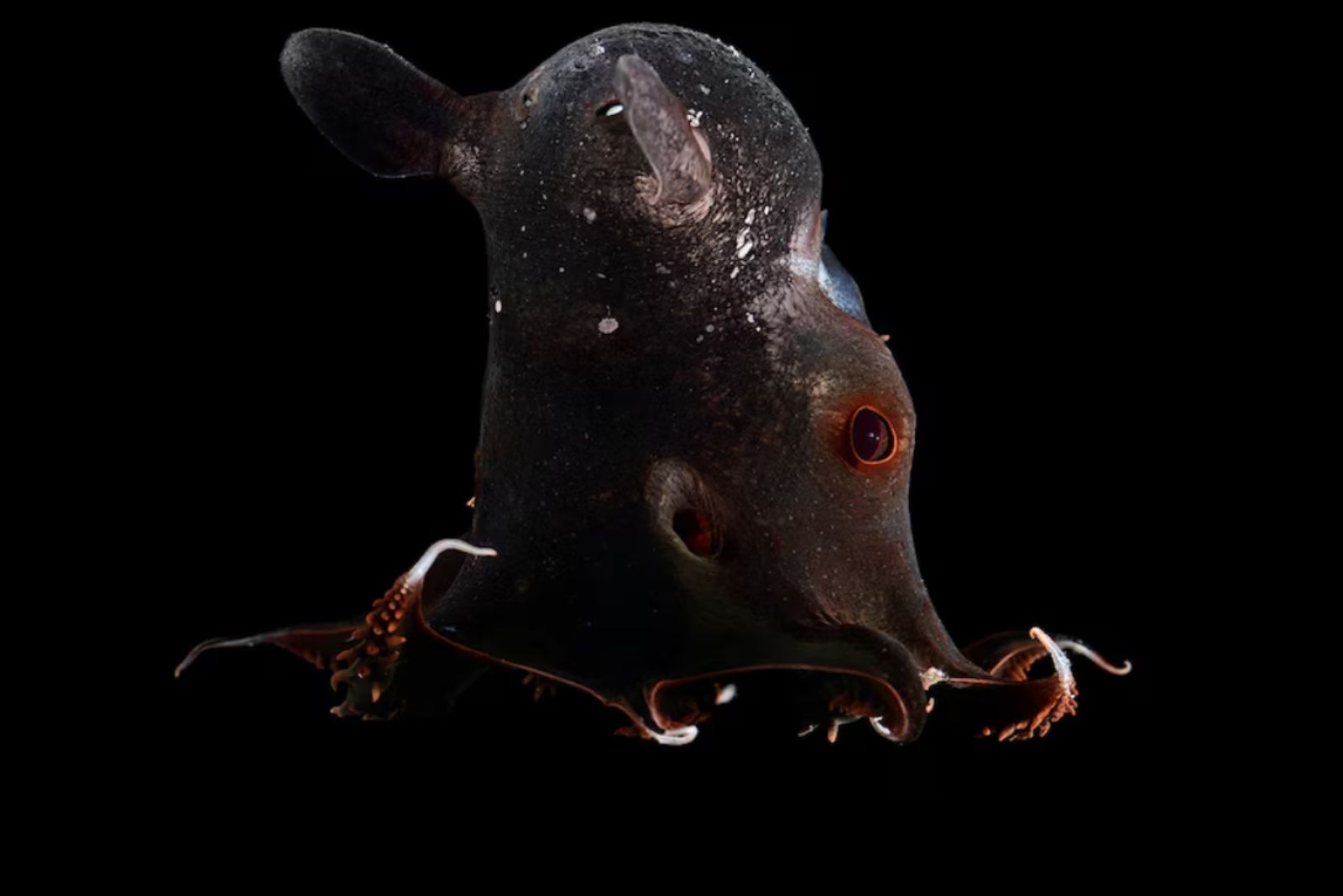
Don’t worry, the Vampire Squid won’t suck your blood, but it will steal the spotlight as one of the deep sea’s weirdest wonders!
This creature, discovered in 2007, is like a mash-up of a squid and an octopus, complete with webbed arms that resemble a dark, flowing cape.
Living in oxygen-starved waters, it survives on detritus (basically ocean leftovers), making it a true deep-sea recycler.
With its glowing eyes, bioluminescent displays, and spooky yet fascinating appearance, the Vampire Squid proves that there’s always more to discover in the depths.
Unique, mysterious, and oh-so-strange, it’s a newcomer to science that still has us scratching our heads!

